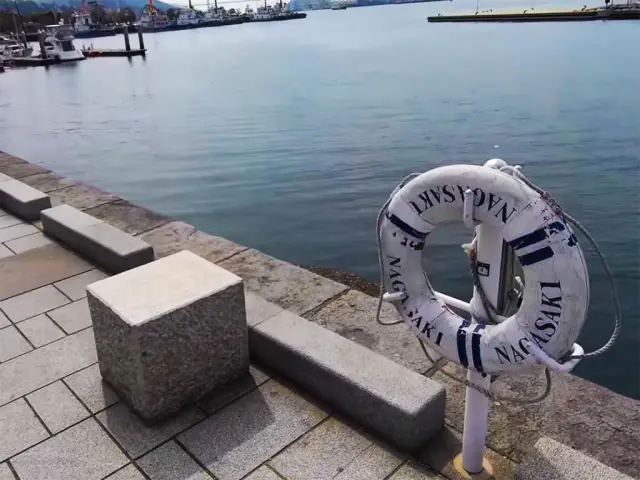Dejima was the only place where trades with the western countries were allowed during about 200 years of national isolation. In 1636, a fan-shaped island was constructed by reclaiming the sea, the food culture, Western studies along with various articles of commerce as well as games such as billiards and badminton came to this island and spread to many places in Japan.
In 1641, the Dutch trading house moved from Hirado to Dejima and became the base of the trading business, a curator (called Kapitan) and a deputy curator (called Feitor) of the house and their servants from the South-eastern countries probably lived there.
Dejima was once reclaimed as if never existed but restored in the recent years to its former state. Kapitan and Feitor houses, the storehouses where goods imported and exported were stored, and a kitchen was also restored, and now the restored interiors and goods imported and exported are exhibited.
Dejima Omote-mon Bridge was completely built in 2017, it was the first time for 130 years to enter Dejima using the bridge. The 16 buildings have been restored to date, and the island in the early 19 century is reviving.
Highlights
-
You can rent a Kimono in Nagasaki Haikara- san located on the island and walk around (Dejima walking course 2200 yen per 1 hour).
-
Enjoy the Nagasaki specialty food at a restaurant of the Nagasaki International Club Dejima, this building was originally built with the Western-style in the Meiji period.
-
The shop sells goods and souvenirs regarding to Dejima.
-
Across from the Dejima seminary, 1:15 scale miniature model of Dejima is placed.
-
Find 9 Miffy’s silhouettes in the park located along the river where Dejima Omote-mon Bridge is crossed.


![Dejima (Nationally-designated historical site [Former Dejima Dutch Trading Post])](https://static.gltjp.com/glt/data/directory/13000/12472/20211224_112718_2e7fb13c_w1920.webp)



























